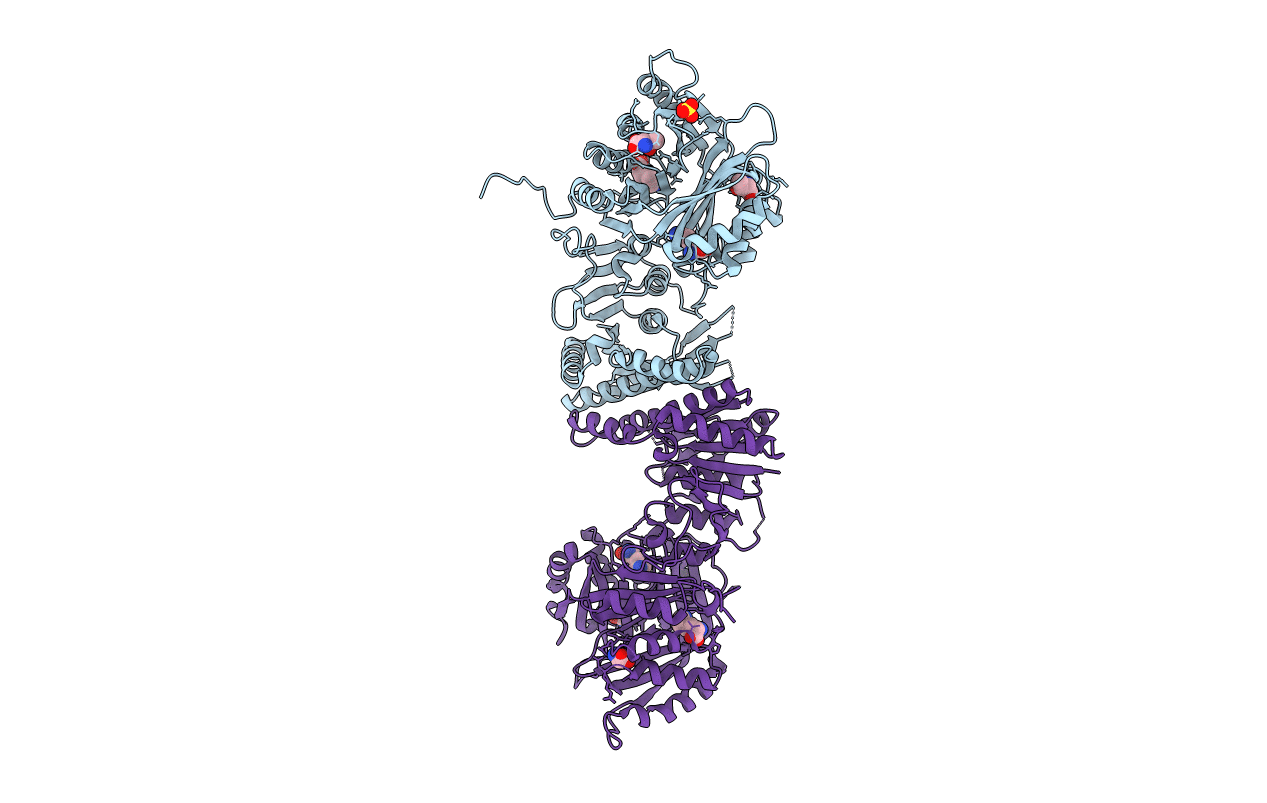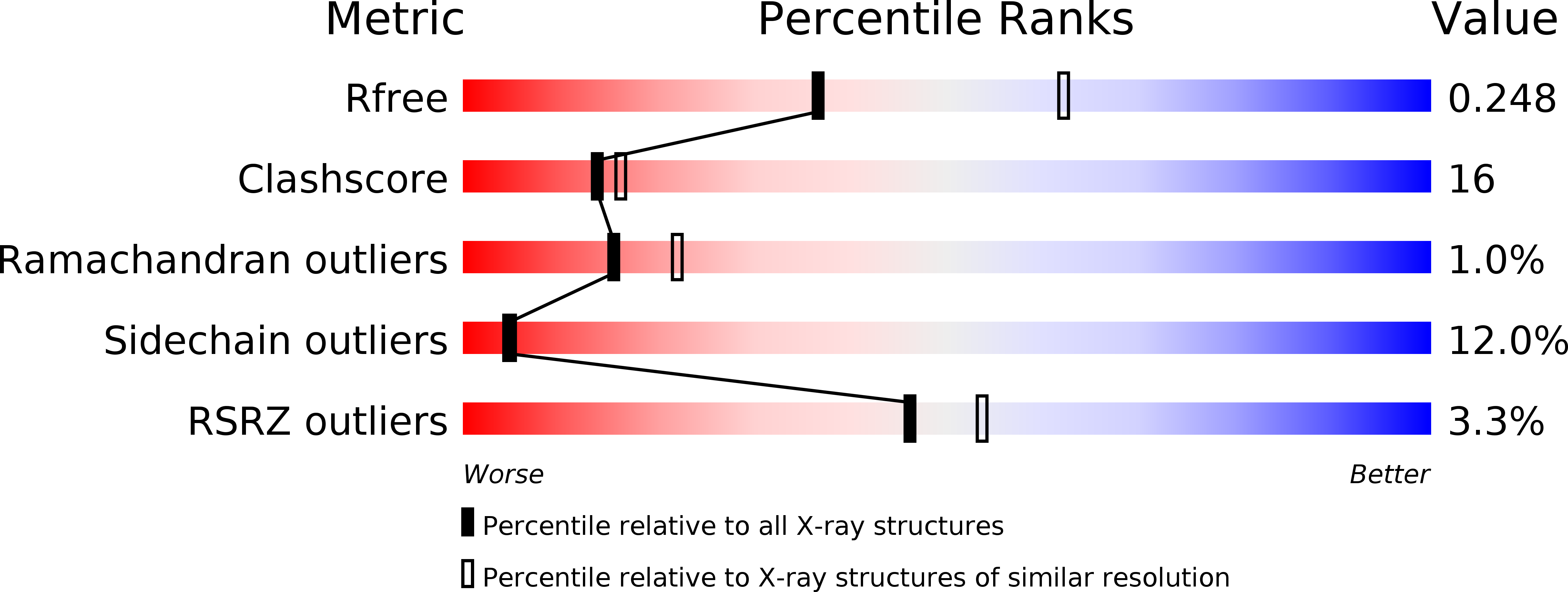
Deposition Date
2009-12-28
Release Date
2010-06-09
Last Version Date
2024-03-20
Method Details:
Experimental Method:
Resolution:
2.54 Å
R-Value Free:
0.25
R-Value Work:
0.19
R-Value Observed:
0.20
Space Group:
C 2 2 21


